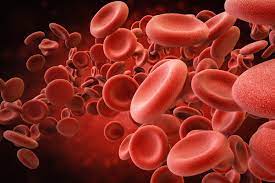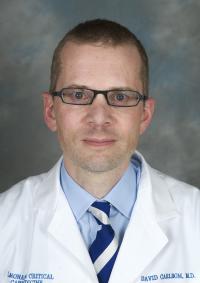
September is Sepsis Awareness Month
What is sepsis?
Sepsis occurs when the body’s immune reaction to an infection causes wide-spread inflammation and damage to the body’s tissues and organs. Septic shock occurs when sepsis causes a severe drop in blood pressure causing organs to fail rapidly. Sepsis and septic shock most often occur from bacterial infections though can be cause by any pathogen including viruses such as Covid-19.
Sepsis is a life-threatening public health concern. Each year in the US:
- At least 1.7 million adults develop sepsis.
- Nearly 270,000 Americans die as a result of sepsis.
- 1 in 3 patients who dies in a hospital has sepsis.
- Sepsis, or the infection causing sepsis, starts outside of the hospital in nearly 87% of cases.
Sepsis occurs worldwide, with UW Medicine researchers finding that there were 48.9 million global cases of sepsis in 2017 and 11 million deaths, representing 1 in 5 deaths worldwide. The majority of sepsis cases occur in low and middle income countries and disproportionately occur among children in poorer areas.
Washington State observes September Sepsis Awareness Month

UW Medicine providers are among the many health professionals actively working to reduce morbidity and mortality associated with sepsis.
Sepsis researchers and care providers in the pacific northwest meet annually to share resources and innovations in sepsis research and care at the Pacific Northwest (PacNW) Sepsis Conference.
The conference is organized by a planning committee of regional sepsis specialists, co-chaired by Rosemary Grant, BSN, RN, CPHQ, Director, Safety & Quality, Sepsis and Readmissions, Washington State Hospital Association, and Dr. David Carlbom, associate professor in the Division of Pulmonary, Critical Care & Sleep Medicine.
Membership in the planning committee and participants in the annual conference come from medical centers throughout Oregon, the Washington, Wyoming, Alaska, Montana, Idaho (WWAMI) region, and around the world.
As a recent result of work by the PacNW Sepsis Conference planning committee, alongside the Washington State Hospital Association, Governor Jay Inslee recently proclaimed a statewide observance of Sepsis Awareness Month for the month of September.
Throughout September and specifically on September 13 for World Sepsis Day, groups like the PacNW Sepsis Conference, the Global Sepsis Alliance, and others share educational resources for patient and the general public on to promote awareness of the risks and symptoms of sepsis.
Sepsis efforts at UW Medicine
There are many efforts within the Department of Medicine that focus on sepsis both at UW Medicine and worldwide.
The sepsis prevention and care program at Harborview Medical Center is in large part thanks to the stewardship from Carlbom over the years. The program currently includes a high-functioning multi-disciplinary sepsis committee, innovative screening systems for sepsis to help providers recognize sepsis early, and several educational and performance improvement programs. For his contributions and leadership in sepsis care, Carlbom was the first US citizen to receive the Global Sepsis Alliance’s individual Global Sepsis Award in 2020.
 In the Department of Medicine’s Sepsis Center of Research Excellence (SCORE-UW), investigators Conrad Liles, MD, PhD, Craig Smith, MD, Mark Wurfel, MD, PhD, Pavan Bhatraju, MD, MSc, and Mike Fitzpatrick are dedicated to improving patient care through innovative sepsis research.
In the Department of Medicine’s Sepsis Center of Research Excellence (SCORE-UW), investigators Conrad Liles, MD, PhD, Craig Smith, MD, Mark Wurfel, MD, PhD, Pavan Bhatraju, MD, MSc, and Mike Fitzpatrick are dedicated to improving patient care through innovative sepsis research.
While most current sepsis interventions focus on the infection pathogen, SCORE-UW collaborates with global partners to develop bioinformatics, biomarkers, diagnostics, and therapeutic products that focus on the body’s immune response.
These are among the many initiatives by UW and regional clinicians and researchers to reduce morbidity and mortality of sepsis on a local to global scale, but one of the main ways to reduce the incidence of sepsis is to raise awareness.
For UW professionals, clinical staff at UWMC Montlake and Northwest Hospitals have organized a Sepsis Awareness Month education series featuring presentations on several current topics in sepsis care. Patients and community members are encouraged to browse Sepsis Alliance and CDC materials such as the video below to familiarize themselves with simple steps for “Getting Ahead of Sepsis”.